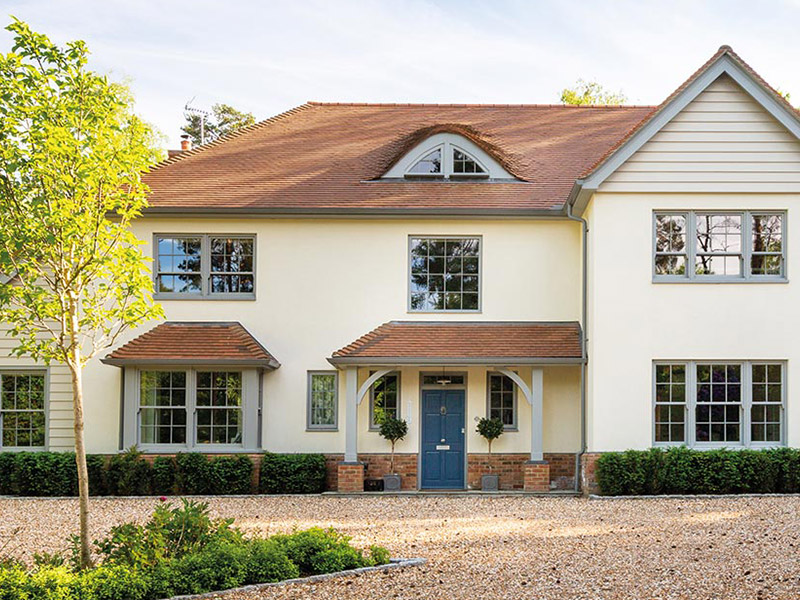Introduction
UPVC (Unplasticized Polyvinyl Chloride) windows have gained immense popularity in the construction and renovation industry over the past few decades. Known for their durability, energy efficiency, and low maintenance requirements, UPVC windows offer a modern alternative to traditional wooden or aluminum frames. This report aims to provide an in-depth analysis of UPVC windows, https://programminginsider.com/let-the-light-in-how-to-choose-the-right-new-windows-for-your-harpenden-home/ covering their composition, advantages, disadvantages, applications, and market trends.
Composition of UPVC Windows
UPVC is a rigid form of PVC that does not contain plasticizers, which makes it more stable and durable. The manufacturing process involves polymerization of vinyl chloride monomers, producing a strong and resilient material. UPVC windows are typically composed of the following key components:
- Frames: The frames are made from UPVC extrusions that are designed to provide structural support and insulation.
- Glazing: Double or triple-glazed units are often used to enhance thermal performance and sound insulation.
- Hardware: UPVC windows come equipped with various locking mechanisms, hinges, and handles, which are usually made from corrosion-resistant materials.
- Seals and Gaskets: High-quality seals are essential for preventing air and water ingress, thereby improving energy efficiency.
Advantages of UPVC Windows
The increasing preference for UPVC windows can be attributed to several advantages:
- Energy Efficiency: UPVC windows provide excellent insulation properties, reducing heat loss in winter and keeping interiors cool in summer. This can lead to significant savings on energy bills.
- Low Maintenance: Unlike wooden windows, UPVC frames do not require painting or staining. A simple wipe with soapy water is usually sufficient to keep them clean.
- Durability: UPVC is resistant to rot, corrosion, and weathering, making it an ideal choice for various climatic conditions. It has a lifespan of over 30 years with minimal degradation.
- Sound Insulation: The dense structure of UPVC frames, combined with double or triple glazing, provides excellent sound insulation, making them suitable for urban environments.
- Cost-Effectiveness: While the initial investment may be higher than traditional materials, the long-term savings on maintenance and energy costs make UPVC windows a cost-effective option.
- Variety of Designs: UPVC windows are available in a wide range of styles, colors, and finishes, allowing homeowners to choose designs that complement their architectural preferences.
Disadvantages of UPVC Windows
Despite their numerous benefits, UPVC windows also come with certain drawbacks:
- Limited Aesthetic Appeal: While UPVC can mimic the appearance of wood, it may not satisfy homeowners seeking the authentic look and feel of natural materials.
- Environmental Concerns: The production and disposal of UPVC can have negative environmental impacts. Recycling options are limited, and improper disposal can lead to pollution.
- Thermal Expansion: UPVC can expand and contract with temperature changes, which may result in warping or misalignment over time.
- Color Fading: Although UPVC windows are available in various colors, prolonged exposure to sunlight can lead to fading, necessitating replacement.
Applications of UPVC Windows
UPVC windows are versatile and can be used in various applications, including:
- Residential Buildings: They are widely used in homes due to their energy efficiency and aesthetic versatility.
- Commercial Properties: Many office buildings and commercial spaces opt for UPVC windows for their durability and low maintenance.
- Renovation Projects: UPVC windows are popular in renovation projects, as they can easily replace older, less efficient window systems.
- High-Rise Buildings: The lightweight nature of UPVC makes it suitable for high-rise constructions, where reducing the overall weight of the structure is crucial.
Market Trends
The UPVC window market has seen significant growth, driven by several factors:
- Increased Awareness of Energy Efficiency: As energy costs rise, more consumers are looking for energy-efficient solutions, boosting the demand for UPVC windows.
- Government Initiatives: Various governments worldwide are promoting the use of energy-efficient building materials, which has positively impacted the UPVC window market.
- Technological Advancements: Innovations in UPVC manufacturing processes have led to improved product quality and performance, attracting more consumers.
- Sustainability Trends: The growing emphasis on sustainable building practices is encouraging the use of recyclable materials, including UPVC, despite its environmental concerns.
Conclusion
UPVC windows represent a significant advancement in window technology, offering numerous benefits in terms of energy efficiency, durability, and low maintenance. While they do have some drawbacks, such as aesthetic limitations and environmental concerns, their advantages often outweigh these issues. The growing awareness of energy efficiency and sustainability is likely to drive continued demand for UPVC windows in the future. As the market evolves, manufacturers will need to address environmental concerns and enhance product offerings to meet consumer expectations. Overall, UPVC windows stand out as a modern solution for a variety of building applications, making them a popular choice among homeowners and builders alike.









